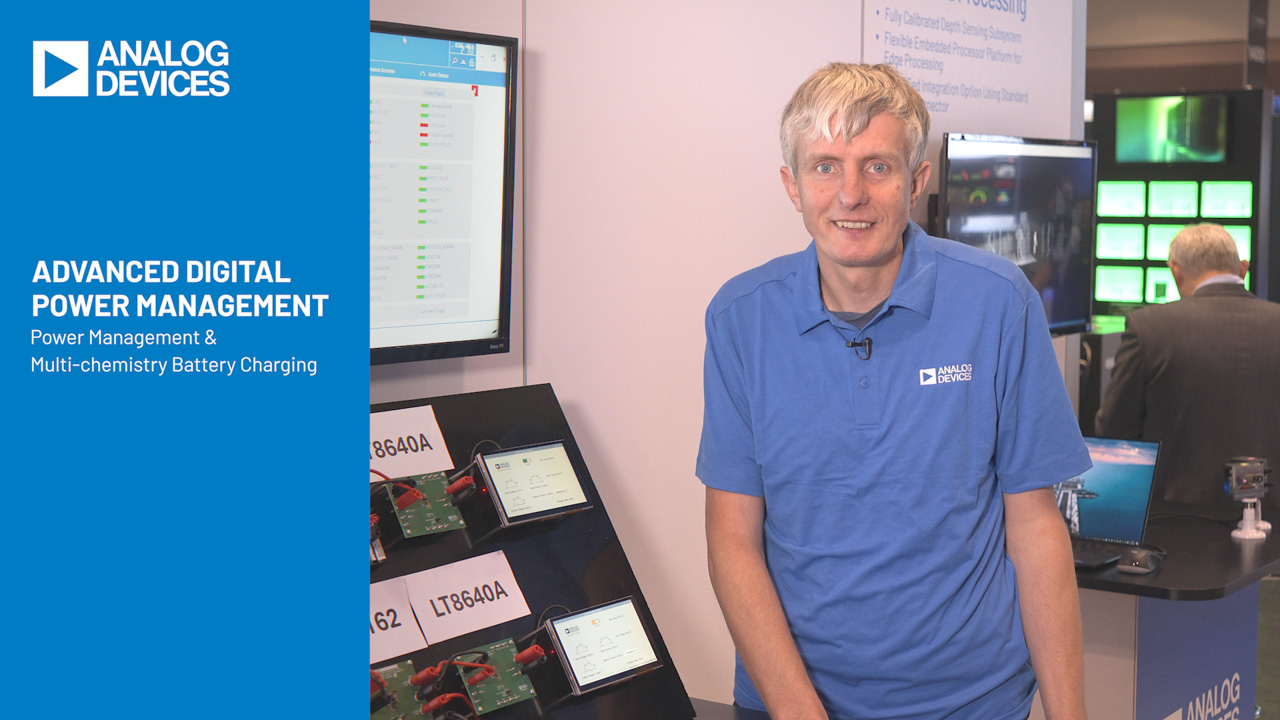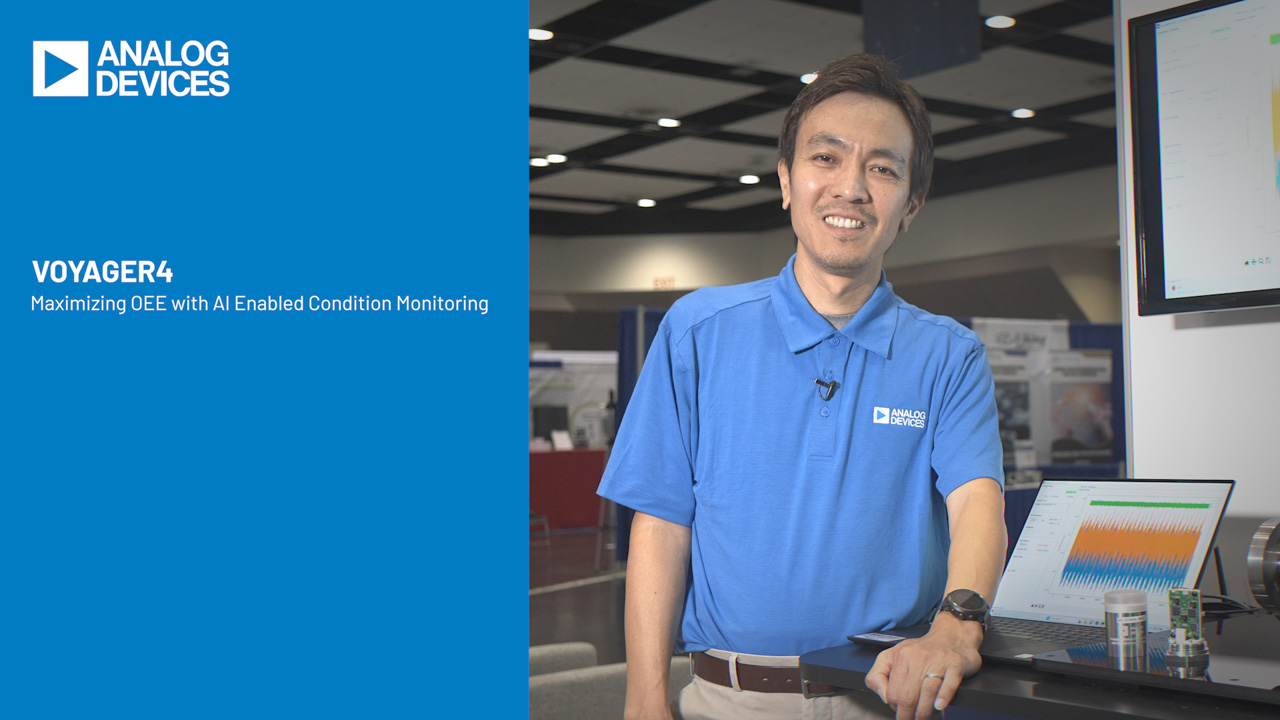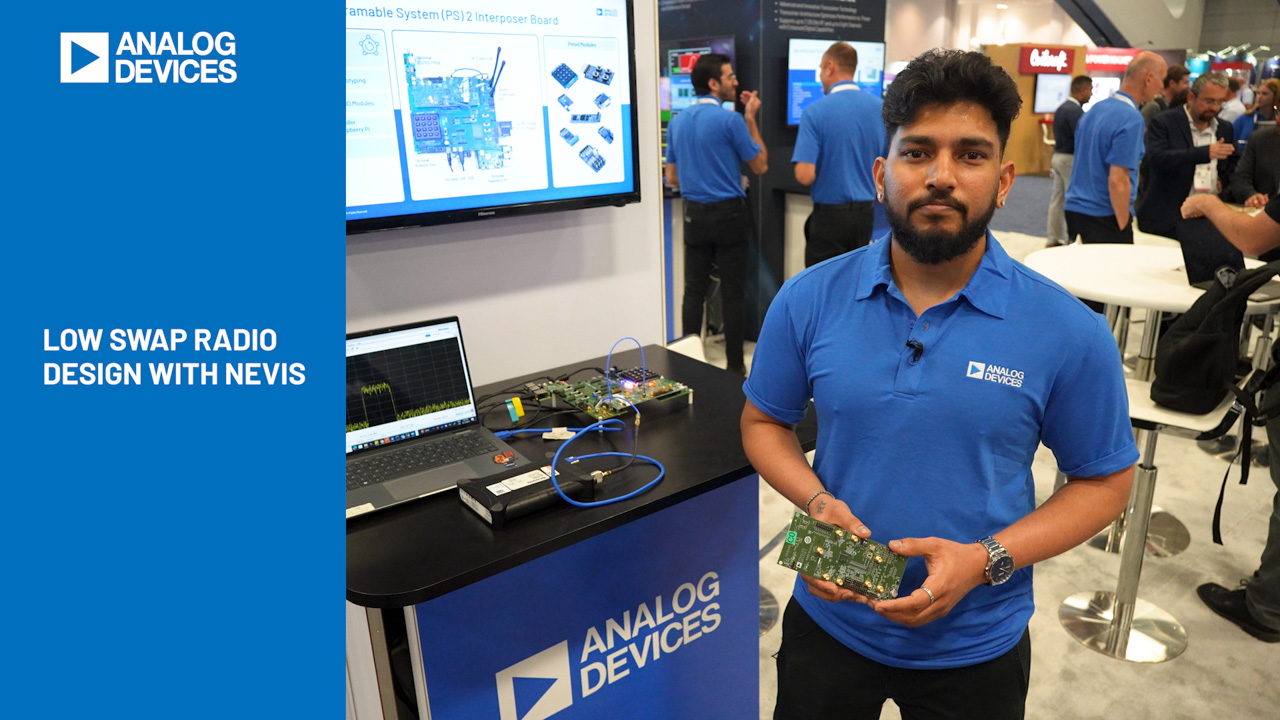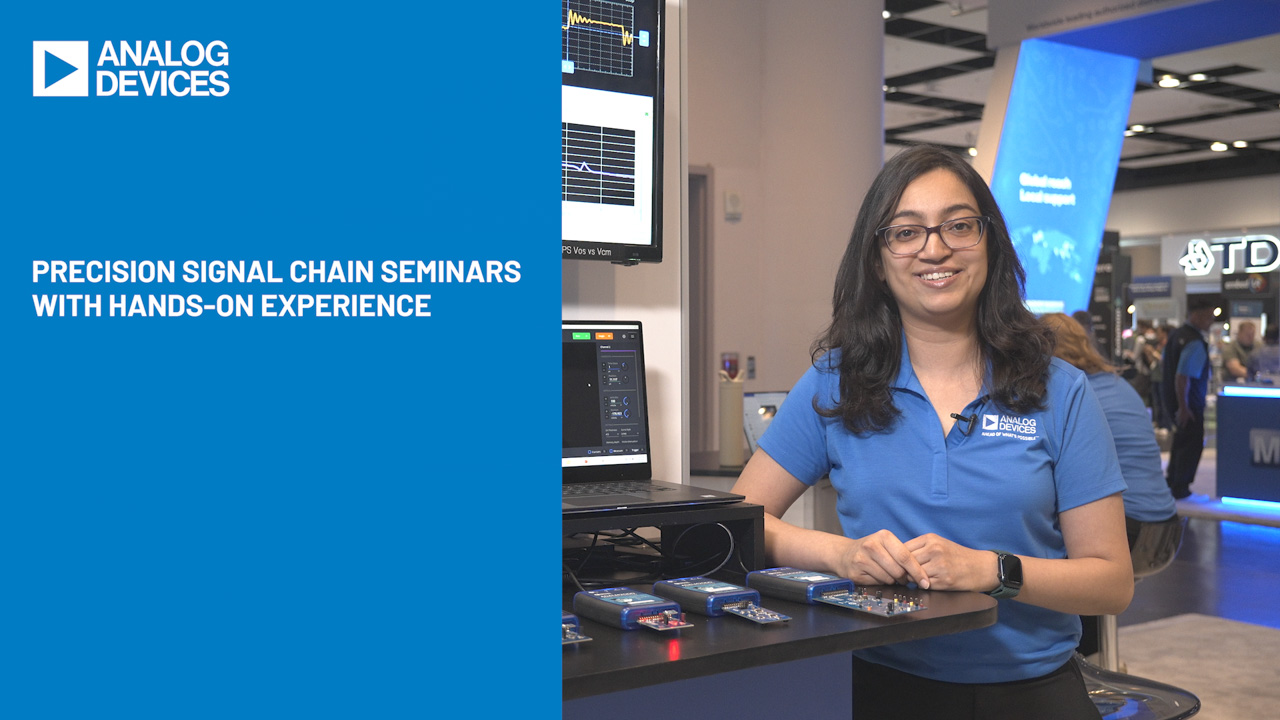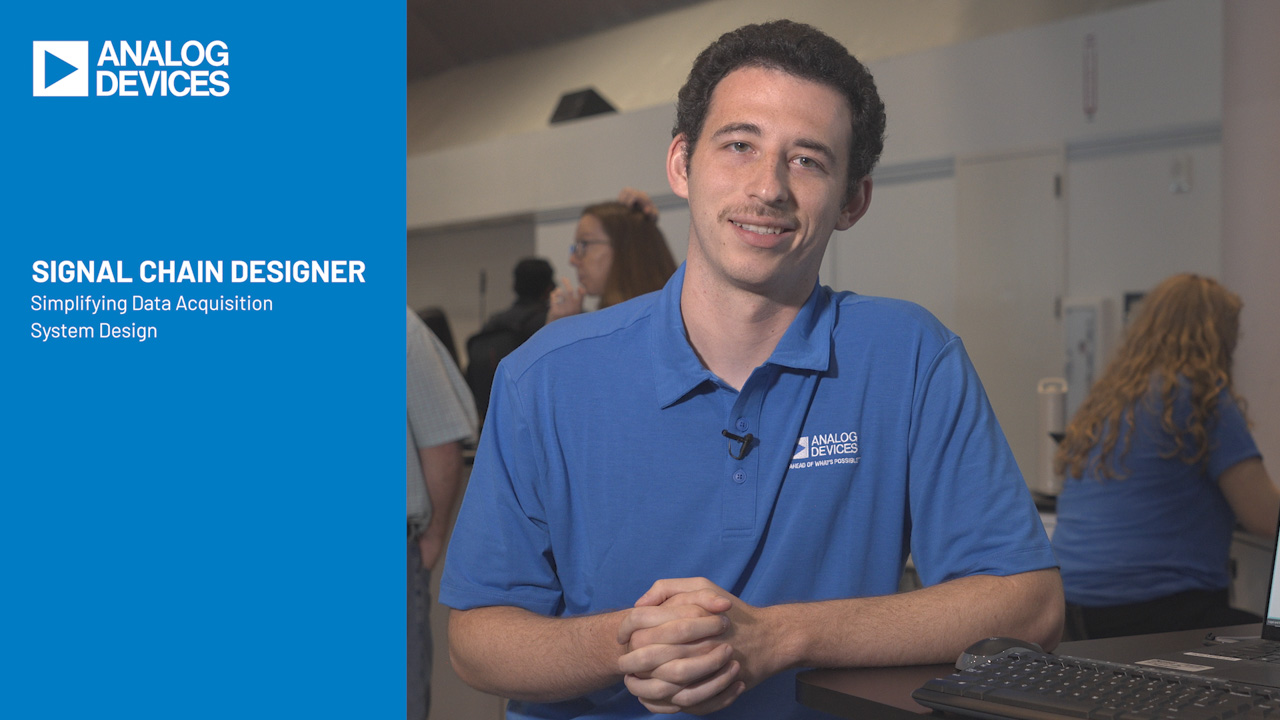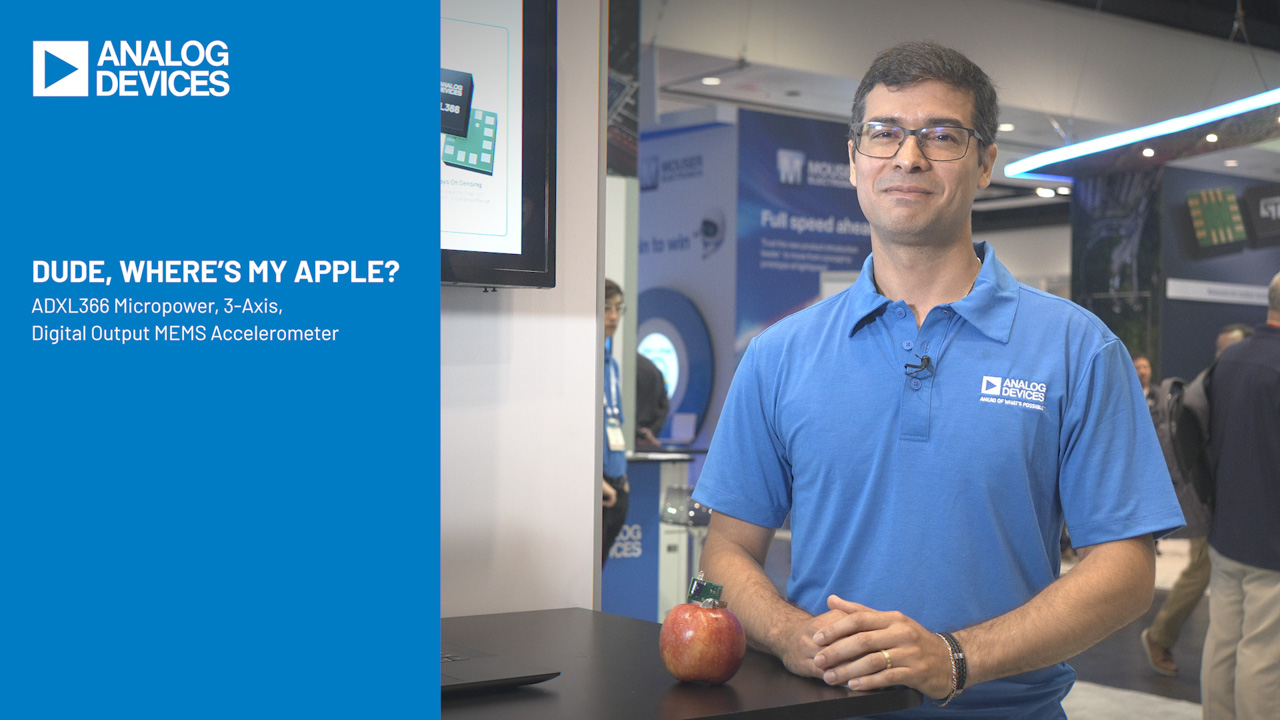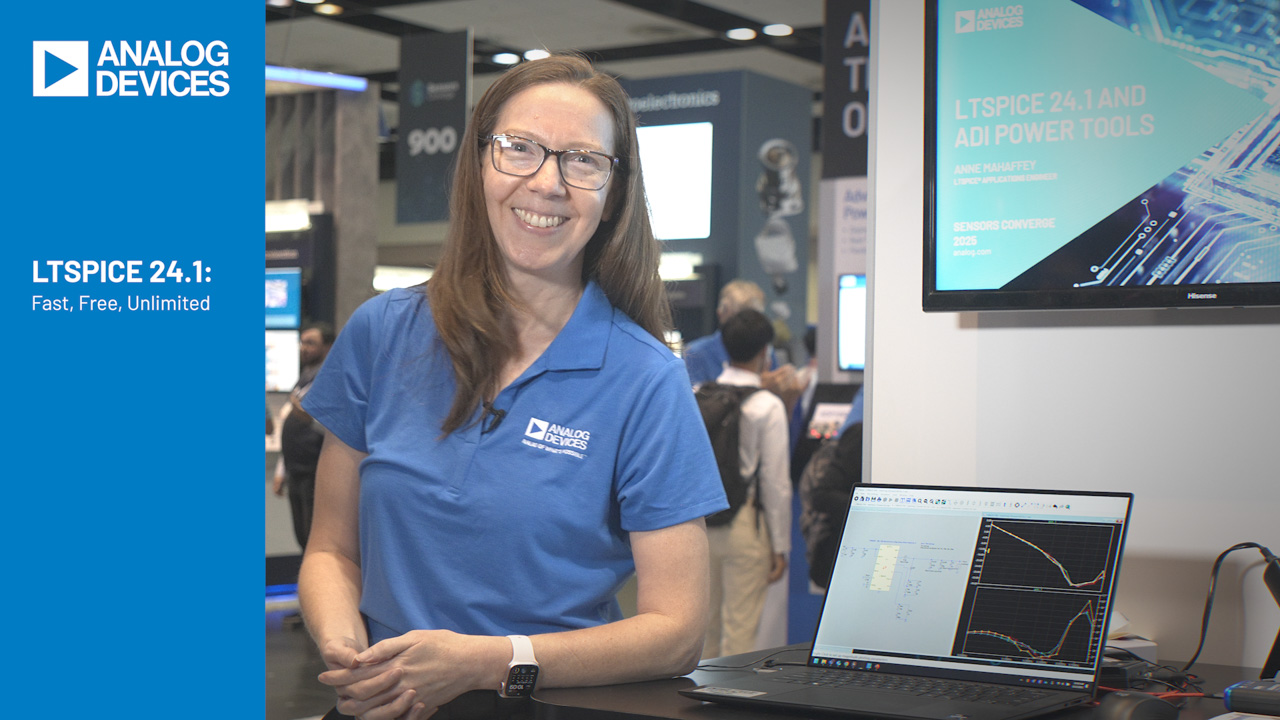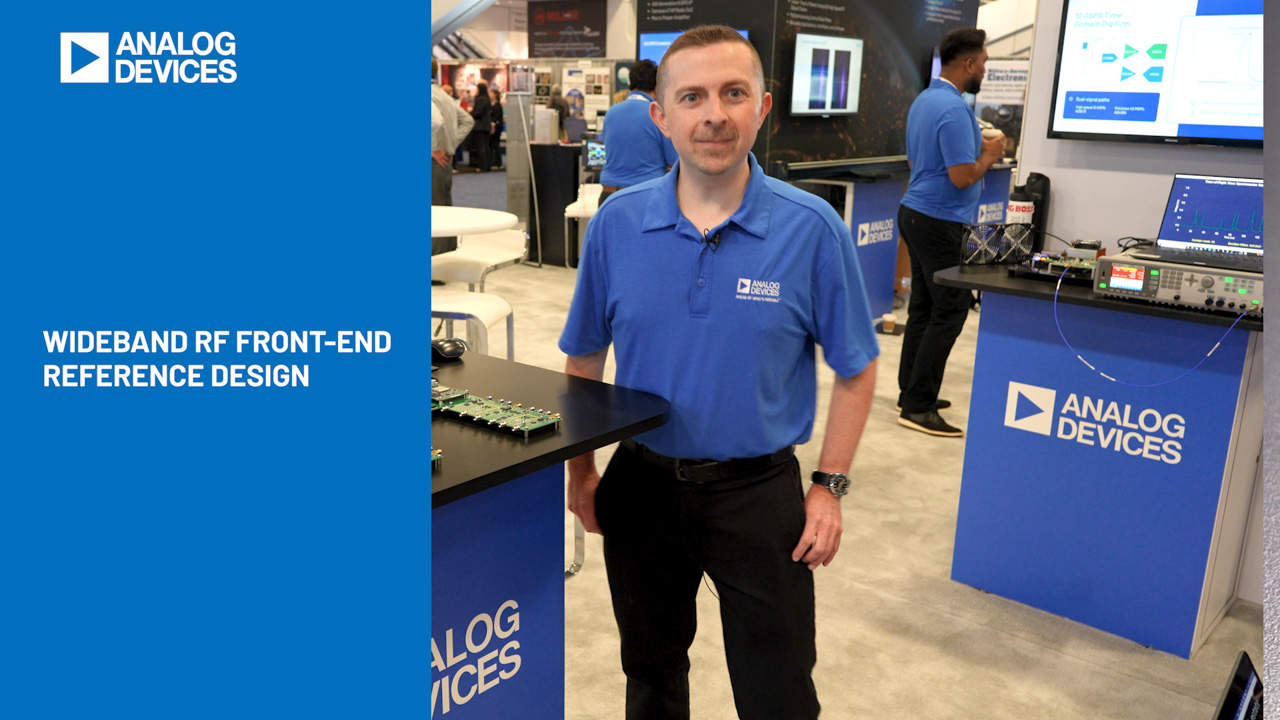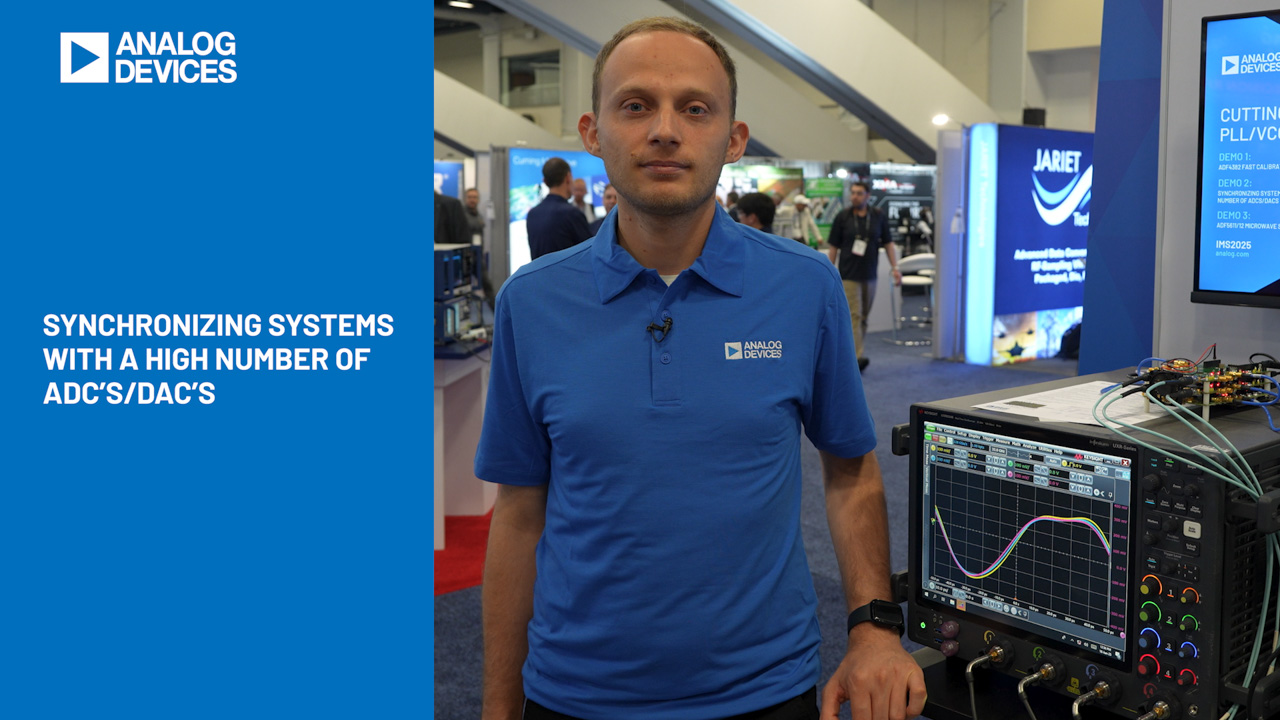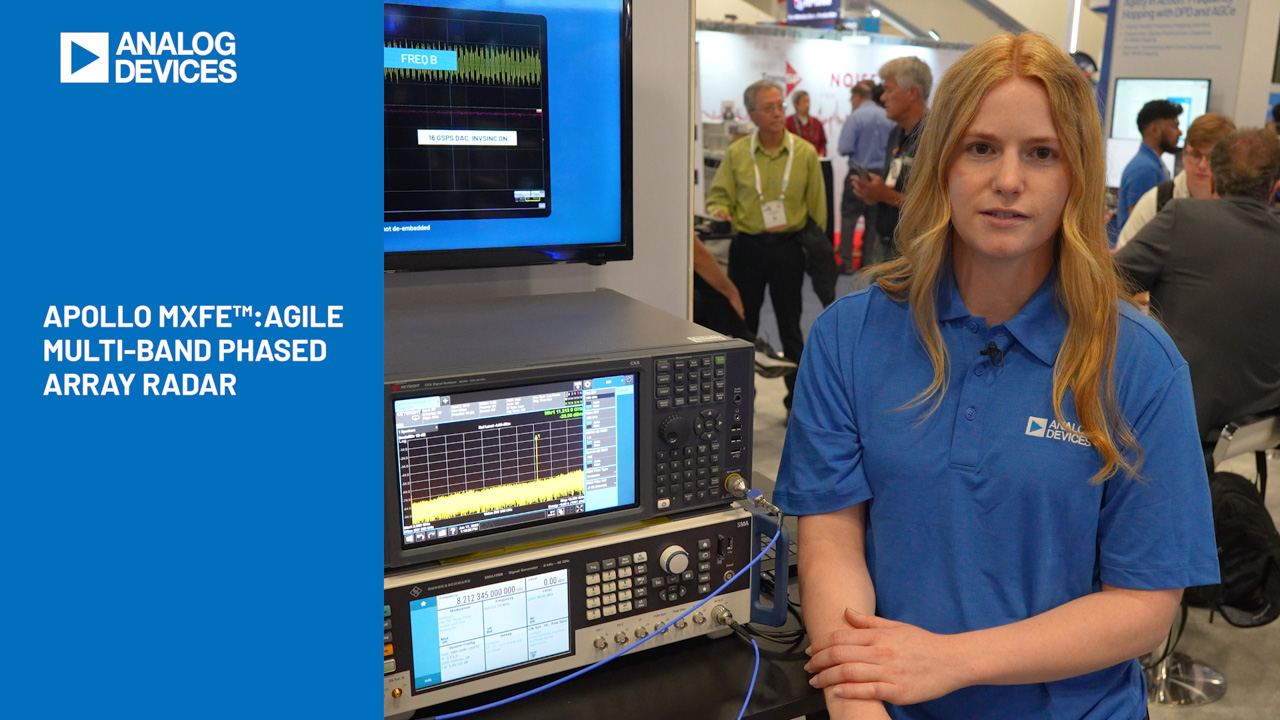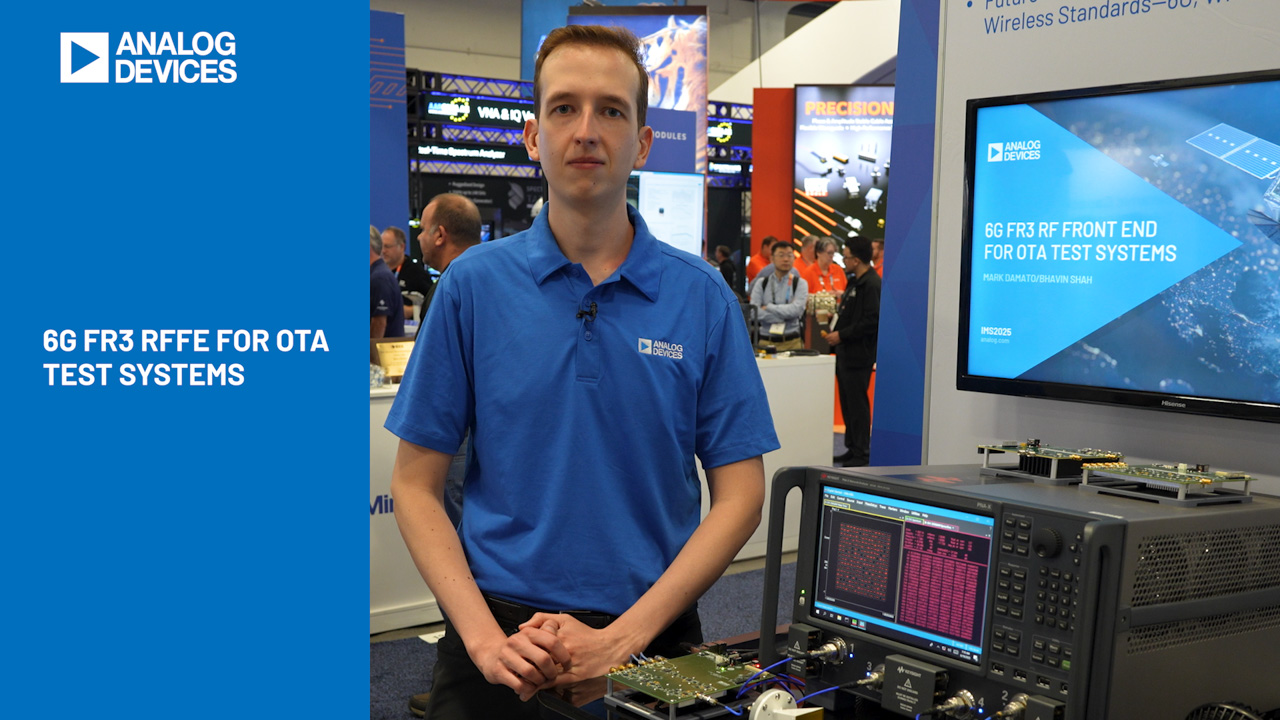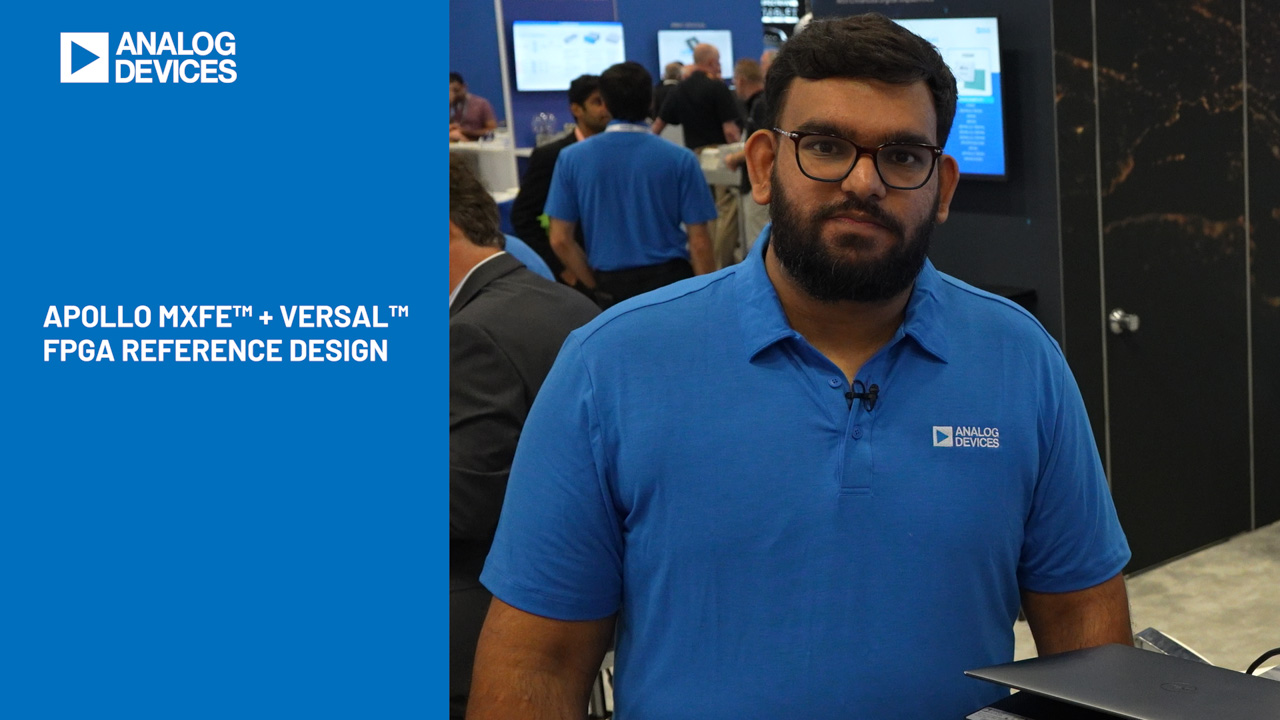Using the Averaging Functions of PScope
When looking at the sampled output data from an analog to digital converter (ADC) it is often desirable to average blocks of samples from cycle to cycle. This will reveal more details about the ADC’s characteristics, like the true shape of the noise floor, and may reveal low level spurs as well. PScope, Analog Devices' free data collection software, provides the user with two different options for averaging collected data, both of which are done in the frequency domain. The first is power averaging which is a basic average of the data, bin for bin, from sample to sample. The second, vector averaging, allows the user to see very low level spurs by phase aligning all of the harmonics. Both of these features allow the user to quickly evaluate an ADC’s performance, freeing up more time to work on the end design. Let’s get into more detail about how these two averaging methods differ from each other.
Power averaging
Power averaging can be selected from the PScope tool bar (see Figure 1). Power averaging is the most basic of all averaging. It simply takes each bin in the frequency domain plot, sums it with the previous sample from the same bin in the previous data collection, and then divides by 2. By default PScope will average 20 times, but this setting can be changed in the settings menu (see Figure 2). By increasing this number, a better representation of the noise floor can be seen, and a more accurate level of the spurs will be apparent.


Figure 1. Enable Power Averaging.


Figure 2. Change the default averaging settings.
In Figure 3 we can see an FFT of sampled data from one data collection. The noise floor has a peak to peak amplitude of about 20dB. In Figure 4 we can see the noise floor after 5 cycles of averaging. The noise floor now has a peak to peak amplitude of less than 10dB. This form of averaging will show any shaping of the noise floor and will stabilize the amplitude of any harmonic content giving a more correct measurement of those harmonics. In this mode, both SNR and SFDR results will be accurate. Use this averaging technique when viewing continuously sampled data or when accurate harmonic levels need to be taken.


Figure 3. Sampled data from one data collection.


Figure 4. Noise floor after 5 cycles of averaging.
Vector averaging
Another type of averaging available in PScope is vector averaging. Vector averaging is a technique to view spurs that are buried deep in the noise floor which would be impossible to see using normal techniques. It is selectable in PScope on the tool bar (see Figure 5). The method that PScope uses is to look at the phase of the fundamental and rotate it and the associated harmonics to zero after each sample. The FFT data is then averaged using magnitude as well as phase information. Since the fundamental and its harmonics are now aligned in phase, and the noise remains random phase, the noise floor will drop leaving anything that is harmonically related to the fundamental at constant amplitude. Figure 6 shows the FFT of input data after 5 cycles of vector averaging. The noise floor has dropped from –110dB to –120dB. This will reveal any harmonics that are 10dB below the noise floor. Further cycles of vector averaging will continue to drop the noise floor showing low level spurs. In this mode the SFDR measurement will be accurate, but because the noise floor is artificially lowered, the displayed SNR does not accurately reflect the SNR of the ADC. Vector averaging will only be useful when the sample clock and input signal are coherent and windowing is not used. Use vector averaging when harmonics or other spurs are below the noise floor and need to be measured.


Figure 5. Enable vector averaging.


Figure 6. Data after 5 cycles of vector averaging.
Conclusion
Whether doing simple measurements or looking for hidden spurs, PScope allows the user to make the measurement that is required. The advanced features of PScope like power and vector averaging not only allow the user to evaluate the performance of High Speed ADCs on Analog Devices demo boards, but also provide a simple way to test the ADCs in real life applications where digital signal processing is required. PScope is a powerful tool with many features to help simplify the design process allowing customers to spend more time designing their system instead of evaluating the ADCs.
著者について
LTC2246Hのデモ・ボードであるDC1151を始め、リニアテクノロジーのほぼ全ての高速ADCデモ・ボードの設計に携わってきました。これらのボードは、評価用ボードとして様々なアプリケーションで用いられています。Clarenceの設計したデモ・ボードは、アンプとADCを合わせたフル・シグナル・チェーンを有...
